Google Pixel 9 Pro Fold vs Honor Magic V3: Battle for the future of foldables

Intro
We're five years into the foldable smartphone idea now, and things are finally starting to heat up. The Samsung dominance is crumbling as more and more brands start to explore this futuristic smartphone design.
Google, for example, launched its second iteration of the foldable Pixel, nesting it under the Pixel 9 family, while Honor is a couple generations ahead with the extremely thin Magic V3.
After Google decided to retouch the original Pixel Fold, the new device is much closer to the Galaxy Fold than before, while Honor has been perfecting the V model for some time to offer the world's thinnest foldable (at least for now) in the face of the V3.
Which one of these two deserves your attention and hard-earned money? Time to find out!
Google, for example, launched its second iteration of the foldable Pixel, nesting it under the Pixel 9 family, while Honor is a couple generations ahead with the extremely thin Magic V3.
Which one of these two deserves your attention and hard-earned money? Time to find out!
Google Pixel 9 Pro Fold vs Honor Magic V3 differences explained:
| Pixel 9 Pro Fold | Honor Magic V3 |
|---|---|
| Larger and heavier device | A more compact phone, thinner and lighter |
| Larger 8-inch display but lower resolution and less pixels per inch | A slightly smaller 7.92-inch inner screen, better resolution |
| Triple camera system but the telephoto and ultrawide are around 10MP | Triple camera system with more megapixels and a periscope zoom lens |
| Tensor G4 processor slower in synthetic benchmarks | Flagship Snapdragon 8 Gen 3 processor |
| Equal native storage (256GB) and 16GB of RAM | 256GB of storage in here as well, 12 and 16GB versions |
| A smaller 4,650 mAh battery | Larger 5,150 mAh battery that will potentially deliver better battery life |
| Slower wired and wireless charging | Much faster wired and wireless charging |
Table of Contents:
Design and Display Quality
Thin wars

Remember the time when phone manufacturers competed to create the thinnest phone ever? Back in 2006, Samsung unveiled the X820, dubbed "the world's slimmest phone" with a thickness of 6.9 mm. Well, we're back fighting that battle again.
In the realm of foldable phones, though, shedding thickness really matters because you fold the thing in half, effectively doubling the said thickness. Honor has managed to beat the 2006 record, creating a smartphone that's just 4.35 mm thick (9.2 mm folded).
In the realm of foldable phones, though, shedding thickness really matters because you fold the thing in half, effectively doubling the said thickness. Honor has managed to beat the 2006 record, creating a smartphone that's just 4.35 mm thick (9.2 mm folded).
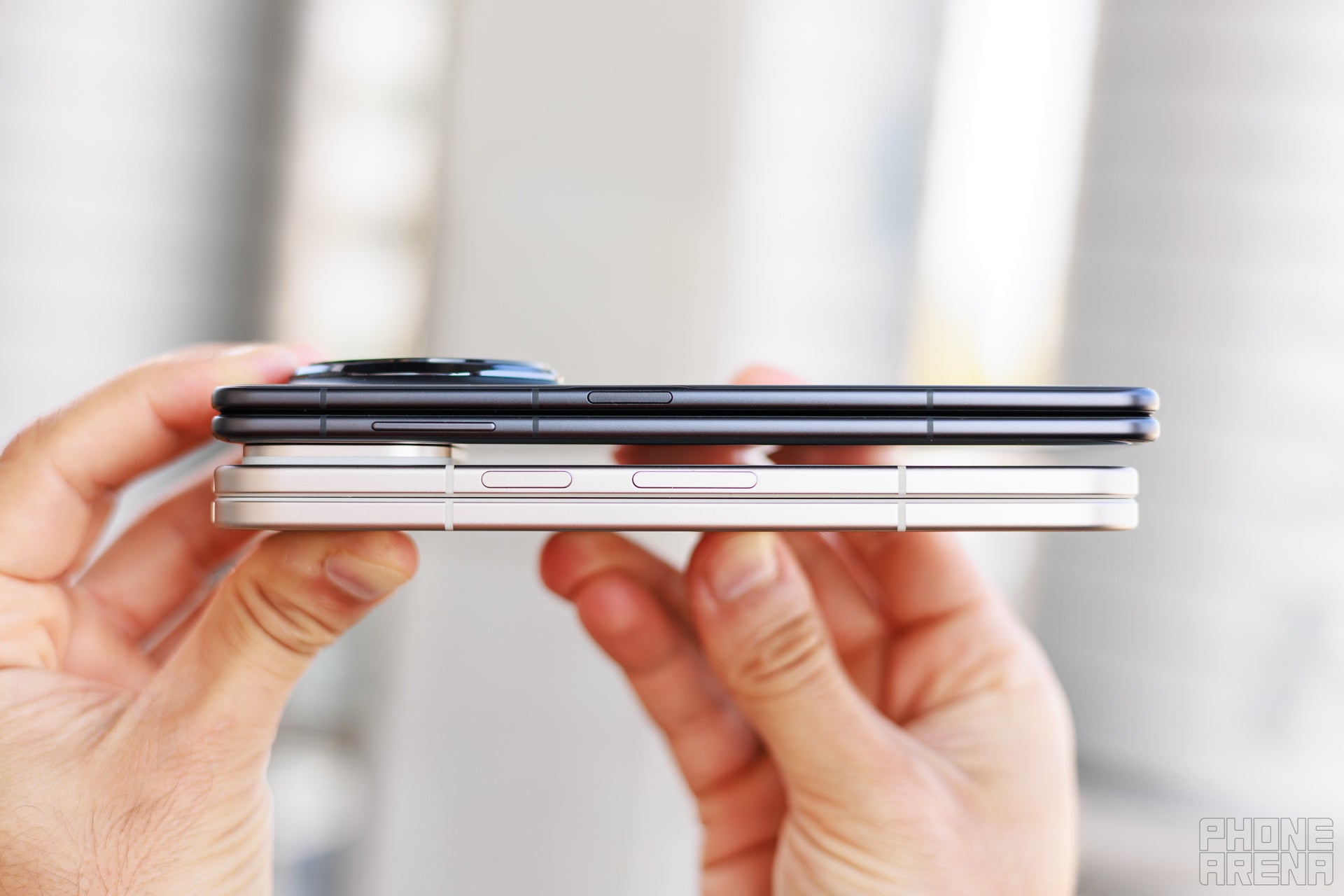
Google, on the other hand, managed 5.1 mm (or 10.5 mm folded), and even though we're talking about a millimeter here, the difference is very clear. Holding both devices in hand, the Honor V3 is sleeker and also ligher. It really feels like a normal phone when folded.
Now, there are some design differences as well; the Pixel 9 Pro Fold has flatter sides, and the radius is higher on the curved corners. The camera system also looks different; the Honor has an octagonal camera bump, while the Pixel sports a more conventional square-ish system.
The Honor also employs some exotic materials such as Special Fiber (similar to fiberglass, Kevlar, and carbon fiber), Super Steel (the hinge should withstand 500,000 folds and unfolds), Super Armored Inner Screen (nanoscale coating allegedly making the flexible screen 500% more scratch-resistant), and NanoCrystal Shield for the cover screen. The Pixel 9 Pro Fold uses Corning Gorilla Glass Victus 2 and aluminum.
Display Measurements:
The inner displays of these phones are now at a stage where they can fully compete with non-folding, non-flexible panels. Not only can they refresh at 120 Hz, but they are also very bright. In terms of brightness wars, Google wins this one, as the Pixel can output 1,500+ nits. The Magic V3 is now slouch eigher, with a little over 1,000.
The resolution and PPI are a tad better on the Honor Magic V2, as well as color accuracy, but overall these are really close.
The resolution and PPI are a tad better on the Honor Magic V2, as well as color accuracy, but overall these are really close.
Performance and Software
Snapdragon power vs Tensor wit
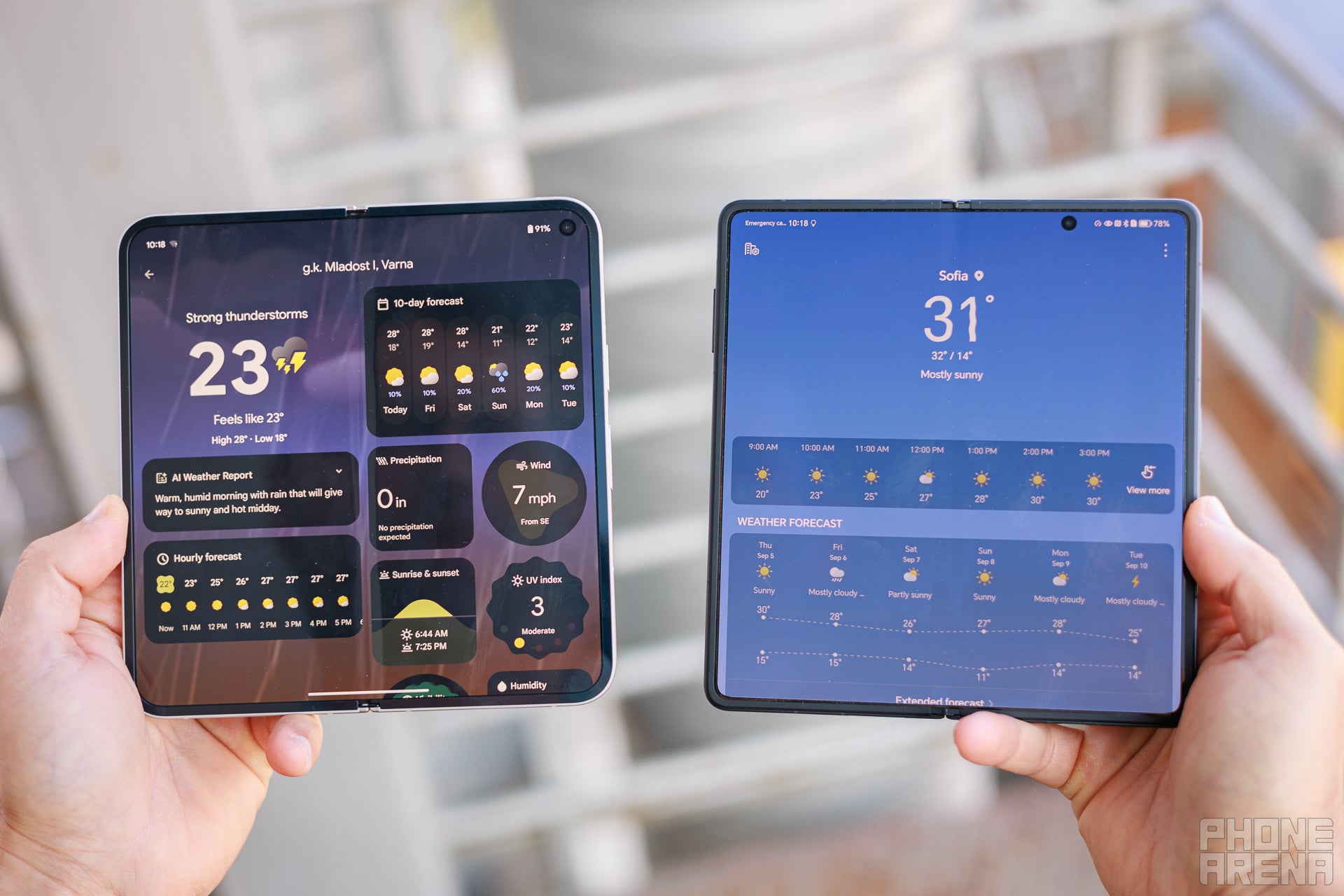
The Pixel 9 Pro Fold uses Google's in-house developed Tensor G4 chipset, a fourth generation of the silicon, which is optimized for machine learning tasks but lags behind in raw power synthetic benchmarks.
On the other hand, the Honor V3 comes with the current best Qualcomm processor, the Snapdragon 8 Gen 3, and, unsurprisingly, wins the benchmark battle. Both of these phones are available with 16GB of RAM, but the base model of the V3 comes with only 12GB.
On the other hand, the Honor V3 comes with the current best Qualcomm processor, the Snapdragon 8 Gen 3, and, unsurprisingly, wins the benchmark battle. Both of these phones are available with 16GB of RAM, but the base model of the V3 comes with only 12GB.
Performance Benchmarks:
To be fair, the single core performance scores are not that far apart, and this is one of the most important metrics, as almost all apps and games can't utilize more than one (performance) core. The same goes for the graphics scores, we see that under load the two results are close together. What this means in practice is that in normal, real-life use these two will most likely perform very close.
Camera
A periscope in a 4.35mm body? How?
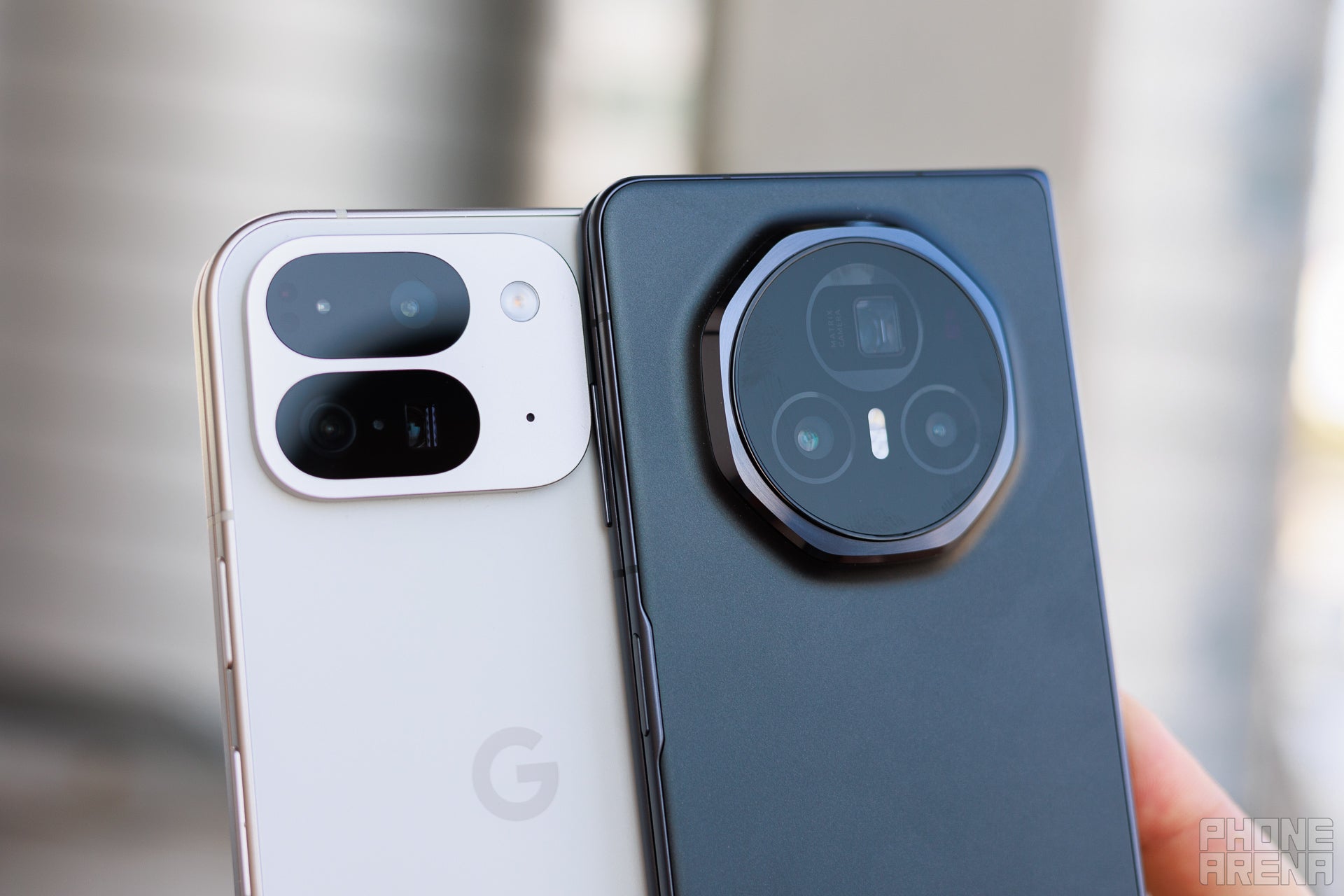
Foldable phones have also catch up to their more rigid cousins in the camera department, especially in recent years. The Honor Magic V3 is impressive on paper with its triple camera system, which includes a 50MP, 5x periscope zoom lens. The main camera is a 50MP sensor with an f/1.6 aperture, there's also an ultrawide camera which is 40MP, sitting under an f/2.2 lens.
The Pixel 9 Pro Fold is a bit more modest, the main sensor is a 48MP, 1/2.0" with an aperture of f/1.7, which is close to what the Honor has, but the ultrawide and the telephoto cameras are a little over 10MP, potentially lacking in the detail department. But let's not forget that Google has its image processing algorithms on its side. So, let's check the samples.
PhoneArena Camera Score:
Our sophisticated and detailed camera score takes into account different components of an image, including color reproduction, fine detail, focus, white balance, and much more. Looking at the scores above, it turns out that these two are pretty close, despite the Pixel lacking in pure specs.
Main Camera
The main cameras of both phones produce very pleasant images, they actually look quite similar when it comes to white balance and level of detail. The Pixel 9 Pro Fold photo looks a bit brighter, while the Honor Magic V3 was able to reproduce the frame closer to what we saw with our own eyes. Overall, both look great and you won't be disappointed with either.
In low-light conditions, there are some differences that start to pop-up. The Magic V3 sample is again darker and also looks a bit warmer. The focus, exposure and dynamic range look a tad better on the Magic V3 sample as well, probably due to the larger sensor and larger pixel size of the main camera. However, the difference isn't huge.
Zoom Quality
Both phones come with dedicated telephoto cameras, and at 3x zoom it seems that the Magic V3 does a better job. The image looks clearer and sharper with more details and better dynamic range. The Pixel 9 Pro Fold photo looks somewhat washed away, soft and "dusty", if that makes sense.
At 5x, which is the native optical zoom of the Pixel 9 Pro Fold, things look much closer. Both phones were able to resolve plenty of detail, and here the dynamic range is pretty close between the two. The Pixel 9 Pro Fold photo looks warmer still, while the colors in the Magic V3 sample look more natural.
At 10x magnification the image processing algorithms start to kick in hard, and we see a shift toward the Pixel 9 Pro Fold. The sample looks clearer and more natural, the dynamic range is better, and the level of detail also good. The Magic V3 is not far behind, but there's some oversharpening going on. It's a subtle difference and overall we would call this a tie.
Ultra-wide Camera
The higher megapixel count of the Magic V3 ultrawide camera contributes to a minor increase in detail, and here the tonality of the photo is warmer on the Honor side. The Pixel 9 Pro Fold produces a brighter image, overall comparable to the one snapped with the Magic V3. There's a difference in the field of view as well, the Pixel has a wider 127˚ FOV, while the Magic V2 can "see" 112˚.
Selfies
The Pixel 9 Pro Fold manages to pull out more details in the selfie category (check out the fabric of the shirt in the left sample). The overall exposure and dynamic range are also better in the Pixel sample. The Honor Magic V3 sample is softer and brighter, we would say even a bit washed out.
Video Quality

Here's a short video comparison between the Pixel 9 Pro Fold and the Honor Magic V3. What do you think, which one has better video capabilities?
Battery Life and Charging
Advantage Honor
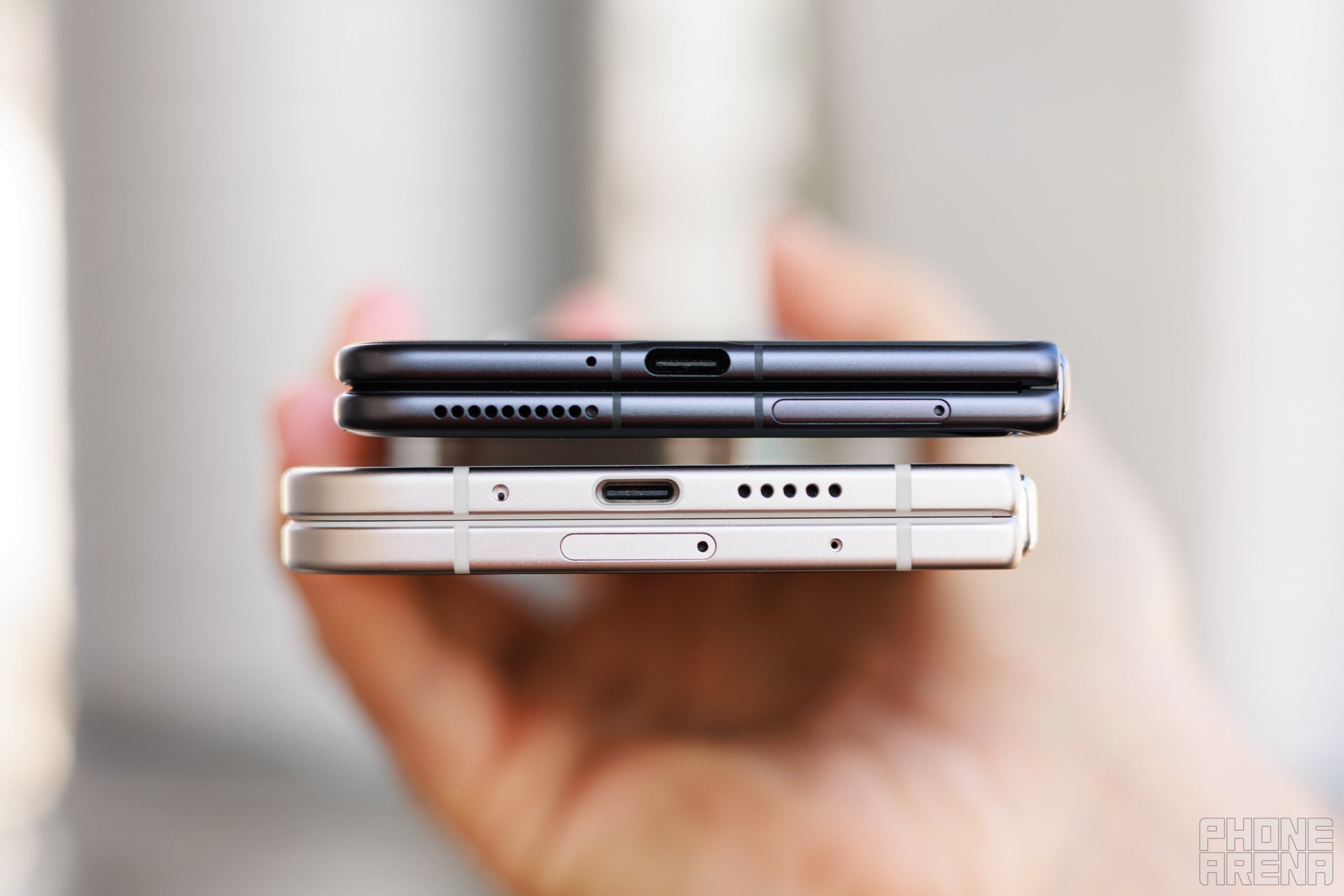
The Honor Magic V3 has a 5,150 mAh battery (or should we say batteries, as these are two cells in the two separate wings of the body), which is pretty impressive given the thickness and weight of the phone.
The foldable Pixel, on the other hand, comes with a 4,650 mAh battery, not small by any standard. It's time to see which one performs better in our battery benchmark.
The foldable Pixel, on the other hand, comes with a 4,650 mAh battery, not small by any standard. It's time to see which one performs better in our battery benchmark.
PhoneArena Battery and Charging Test Results:
Unsurprisingly, the Honor wins overall, with amazing longevity when it comes to YouTube streaming. The other two test results are quite close, with the Pixel even winning the web browsing and gaming rounds.
When it comes to charging, we have an undisputed winner, and it's the Honor Magic V3. It uses 66W wired charging and can charge from 0 to 100% in 48 minutes. This super-thin phone also supports wireless charging (how did they manage to fit the coils is beyond us), and if you have Honor's proprietary SuperCharge wireless station, you can charge the phone with 50W of power.
Audio Quality and Haptics
Now, the Honor Magic series phones have always demonstrated excellent audio capabilities. Actually, the Magic 6 Pro is still one of the best sounding phones we've ever tested. This has transferred to some extent to the Honor Magic V3, the sound quality is very good, and the loudness is there as well.
Bear in mind that the loudspeakers are in the left wing of the body, which may lead to strange mono-sounding audio depending on the orientation of the phone. The Pixel 9 Pro Fold also comes with decent audio and haptics, not as powerful or as strong as the one in the V3, but comparable.
Bear in mind that the loudspeakers are in the left wing of the body, which may lead to strange mono-sounding audio depending on the orientation of the phone. The Pixel 9 Pro Fold also comes with decent audio and haptics, not as powerful or as strong as the one in the V3, but comparable.
Specs Comparison
Here's a quick specs table for the number nerds out there. Check out our full Google Pixel 9 Pro Fold vs Honor Magic V3 specs comparison on PhoneArena.
| Specs | Pixel 9 Pro Fold | Honor Magic V3 |
|---|---|---|
| Dimensions | Unfolded: 155.2 x 150.2 x 5.1 mm Folded: 155.2 x 77.1 x 10.5 mm | Unfolded: 156.6 x 145.3 x 4.35 mm Folded: 156.6 x 74.0 x 9.2 mm |
| Weight | 257 g | 226 g |
| Screen | Main: 8.0 inches, AMOLED, 120Hz 2076 x 2152 pixels Cover: 6.3 inches, 1080 x 2424 pixels 120Hz | Main: 7.92 inches, OLED, 120Hz 2156 x 2344 pixels Cover: 6.43 inches, 1060 x 2376 pixels 120Hz |
| Processor | Google Tensor G4 (4 nm) | Snapdragon 8 Gen 3 (4 nm) |
| RAM, Storage and Price | 256GB 16GB RAM for $1,799 | 12/256GB for £1,699.00 |
| Cameras | 48 MP, f/1.7, 25mm (wide), 1/2.0", 0.8µm, dual pixel PDAF, OIS 10.8 MP, f/3.1, 112mm (telephoto), 1/3.2", dual pixel PDAF, OIS, 5x optical zoom 10.5 MP, f/2.2, 127˚ (ultrawide), 1/3.4", PDAF | 50 MP, f/1.6, 23mm (wide), 1/1.56", 1.0µm, PDAF, OIS 50 MP, f/3.0, 90mm (periscope telephoto), 1/2.51", 0.7µm, PDAF, OIS, 3.5x optical zoom 40 MP, f/2.2, 16mm, 112˚ (ultrawide), AF |
| Battery Size | 4650 mAh | 5,150 mAh |
| Charging Speeds | 21W wired 7.5W wireless | 66W wired 50W wireless |
Which one should you buy?

So, which one wins the foldable battle? If you want the thinnest foldable on the market right now, the Honor Magic V3 is the clear winner. It also has a bigger battery, faster charging, and a faster processor. The camera system is on par with the Pixel, and both displays are gorgeous, albeit not as bright as the ones on the Pixel.
On the other hand, the Magic V3 is difficult to get in the US, and it costs more. Currently, it sells for 1,699 British pounds or around 2,000 euros, which is still more expensive than the $1,799 price tag of the Pixel 9 Pro Fold.
The Google device also comes with longer software support and the promise of continuous AI refreshes, Gemini Live (although it's a subscription service), and all the Google software magic you can get (being a Pixel device).
We recon most people will go for the Pixel, as Honor is still hard to get outside of select European countries, but if you can lay your hands on one and you don't mind the price tag, the Magic V3 will serve you well and awe your peers with every unfold.
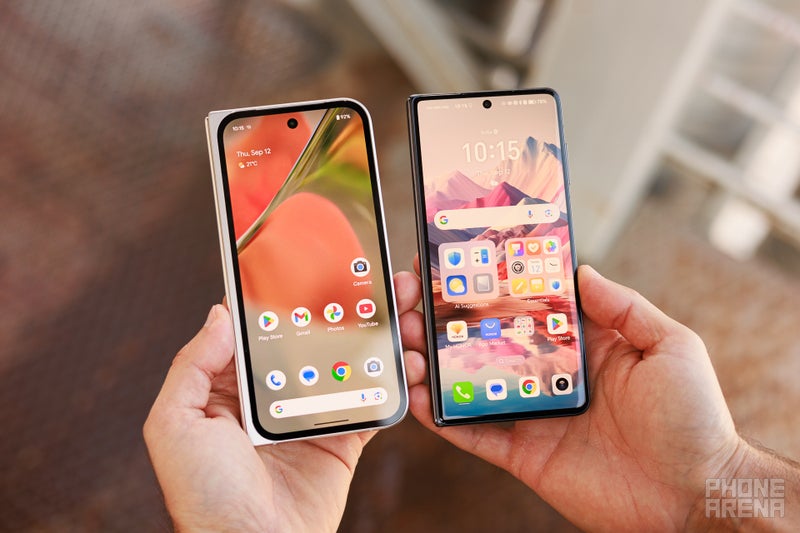
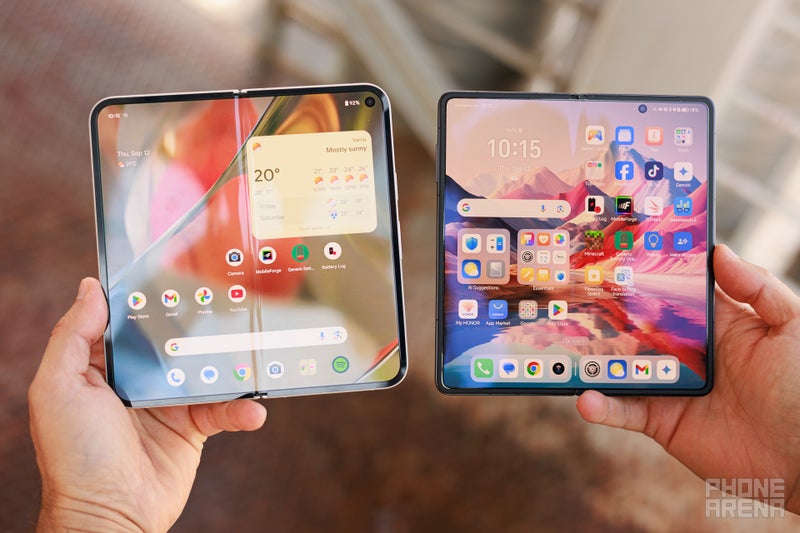
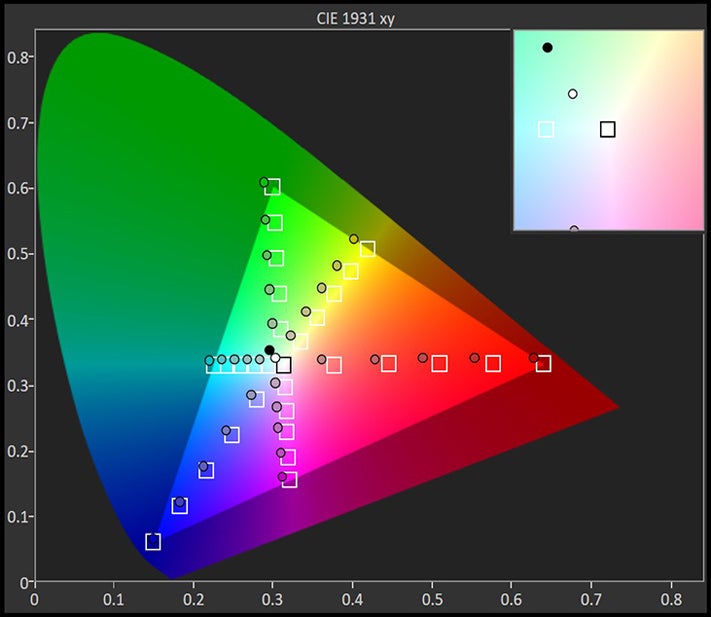







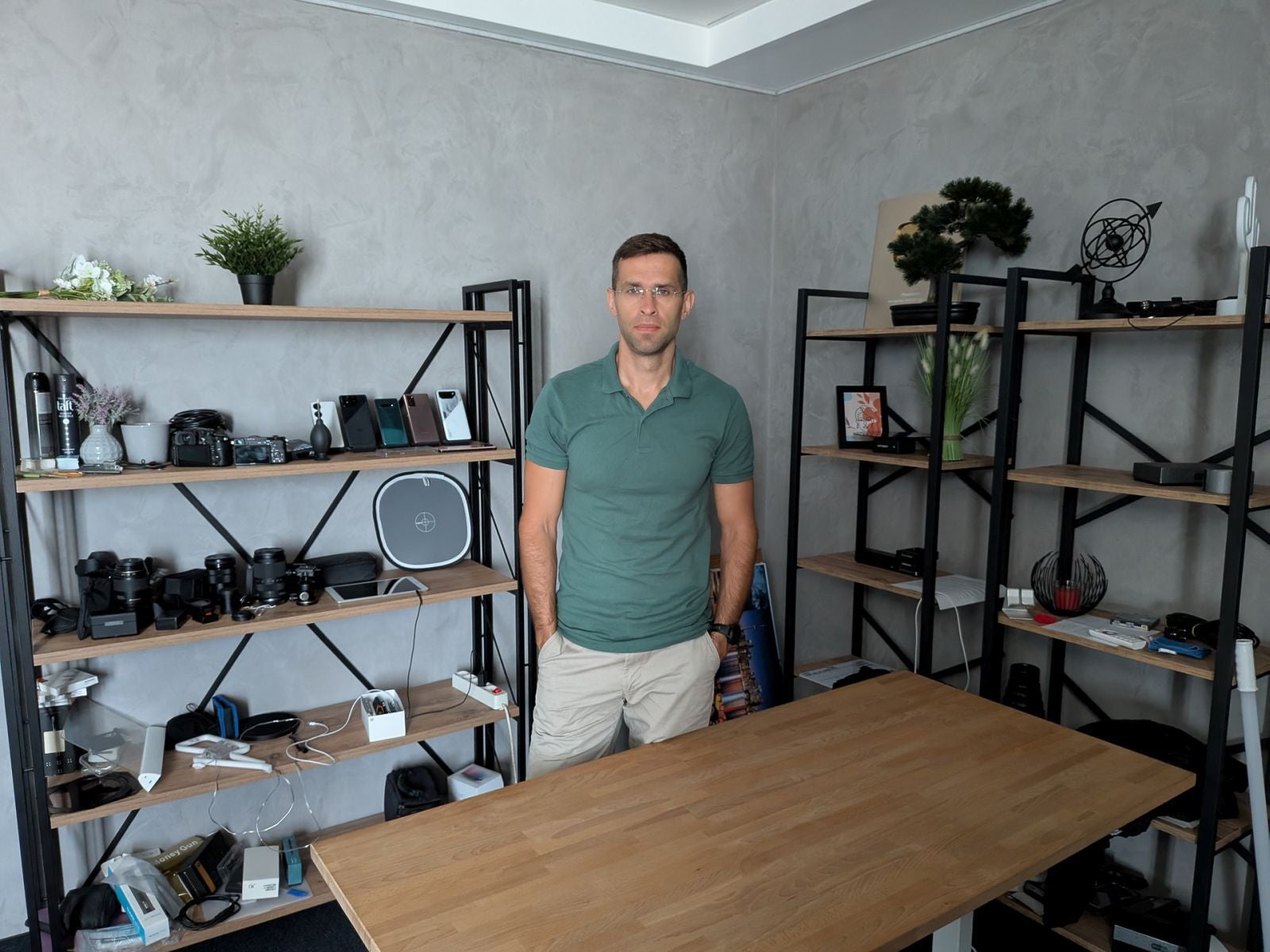
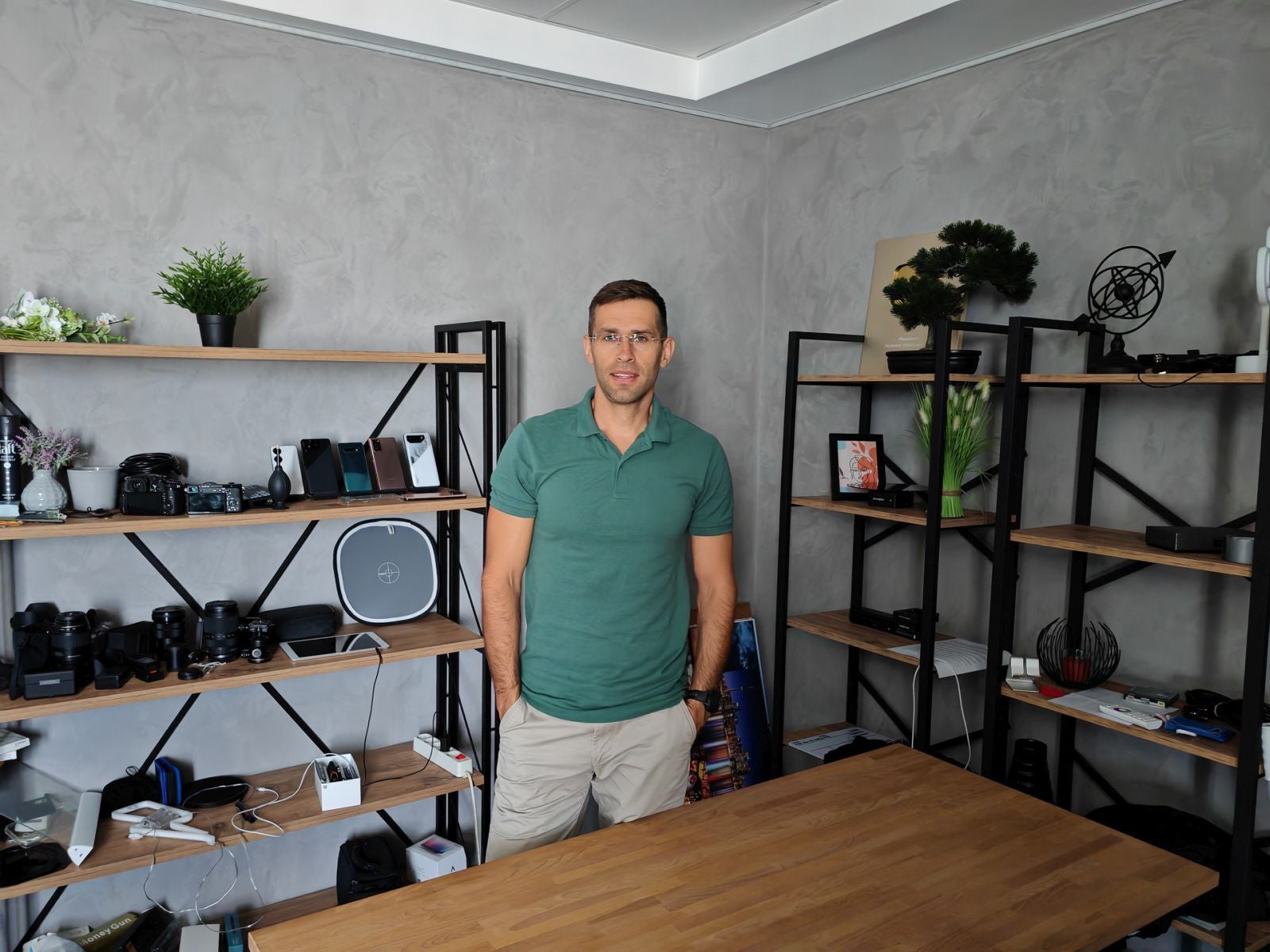
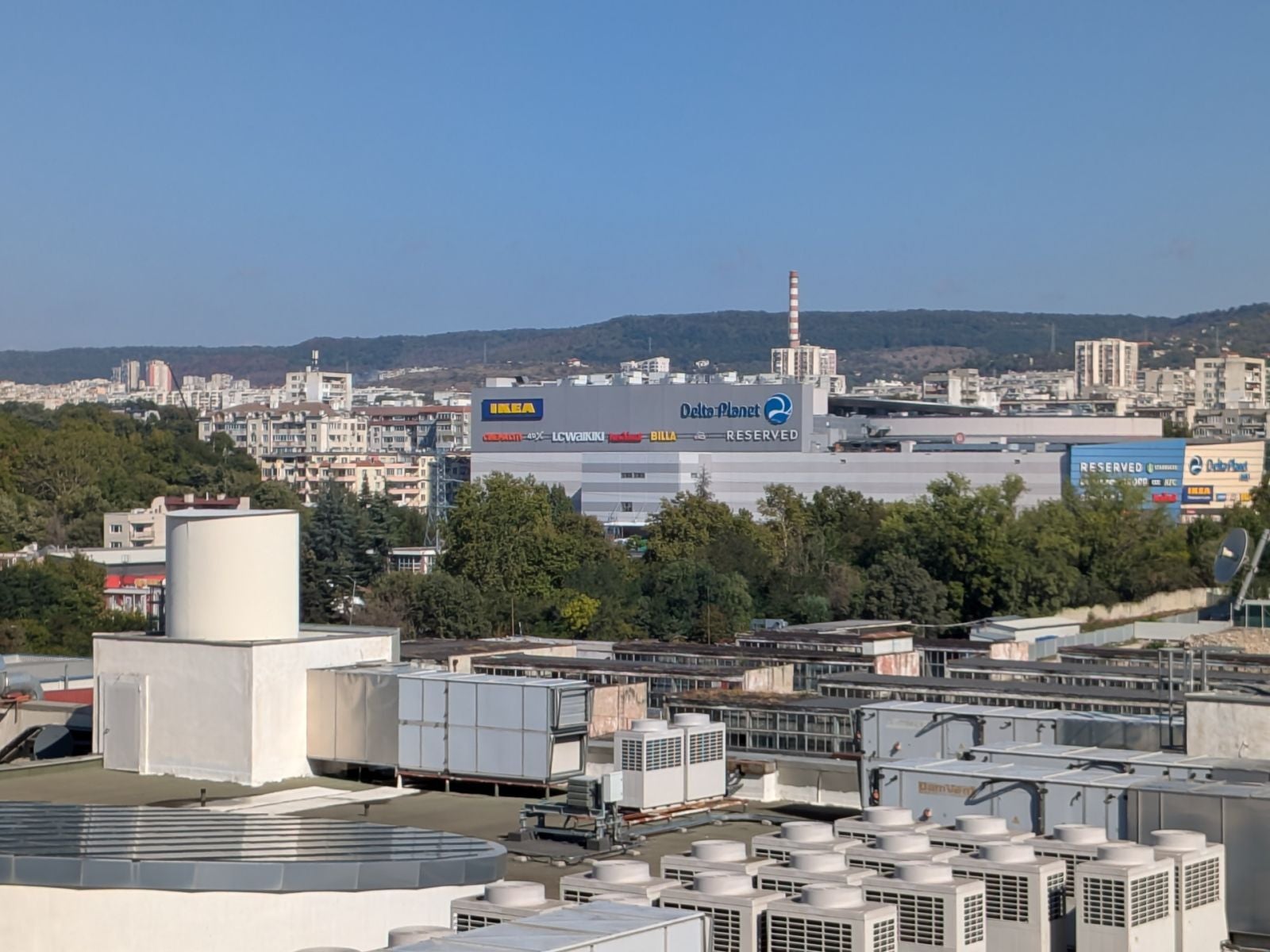
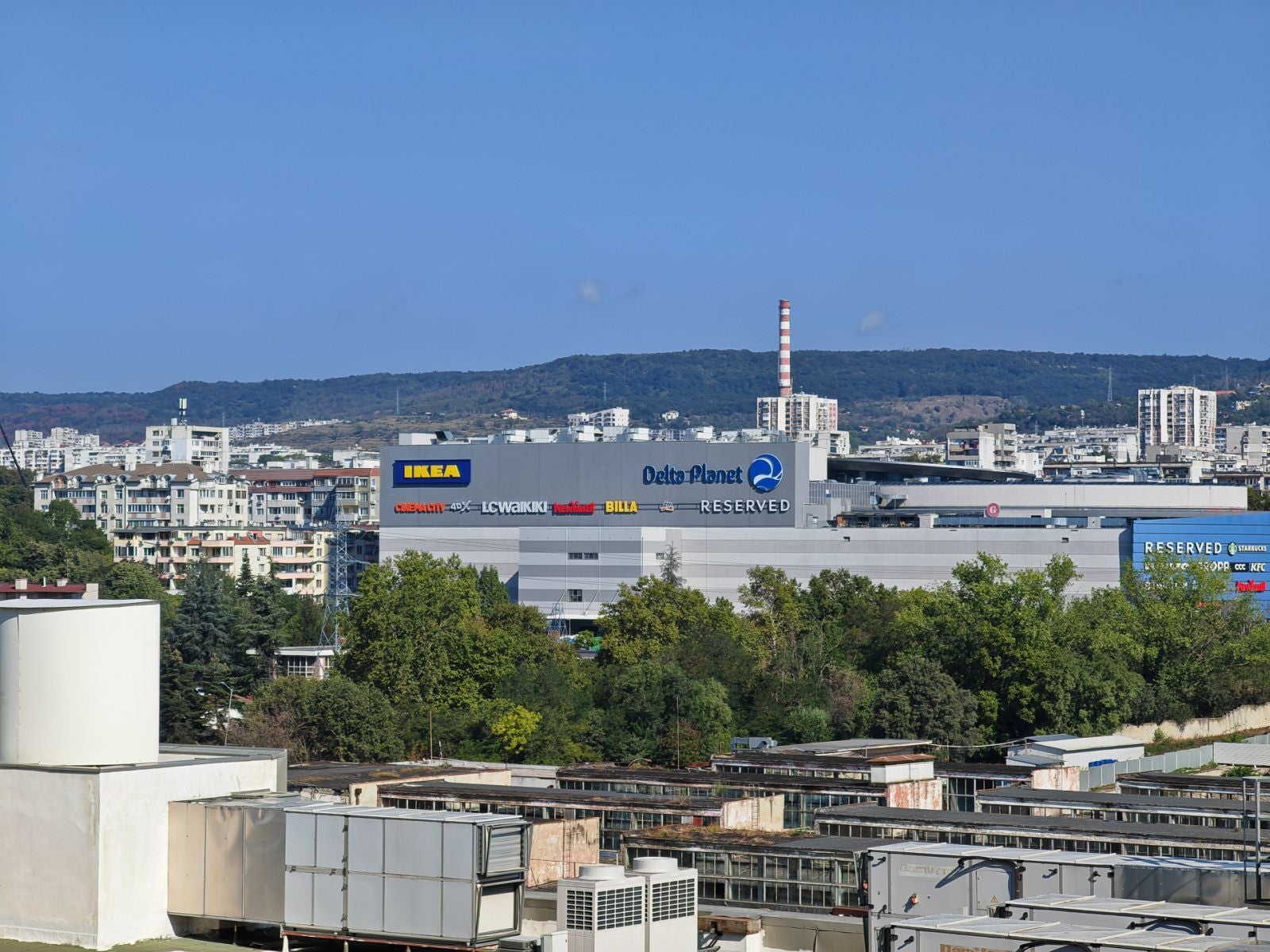


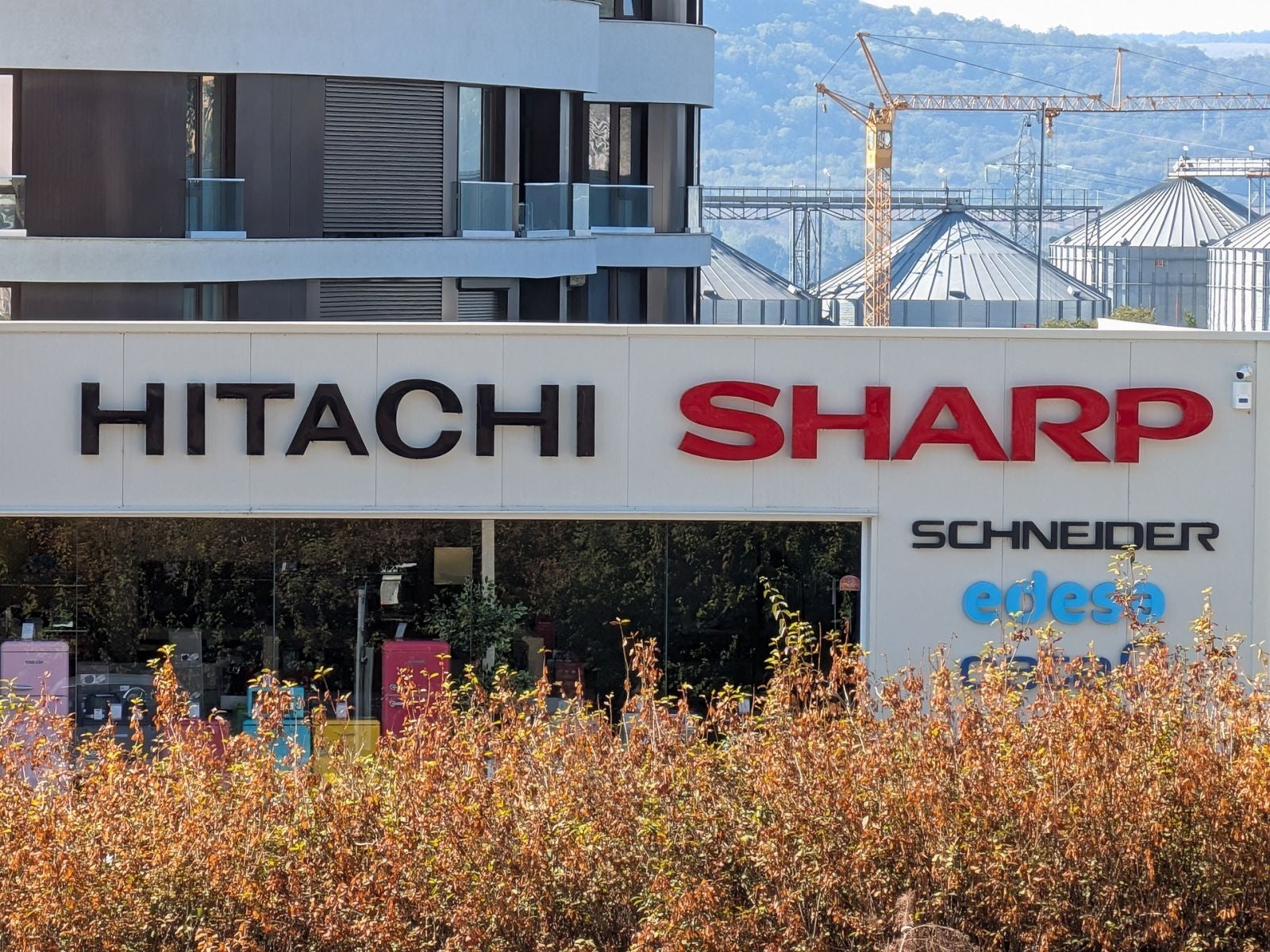
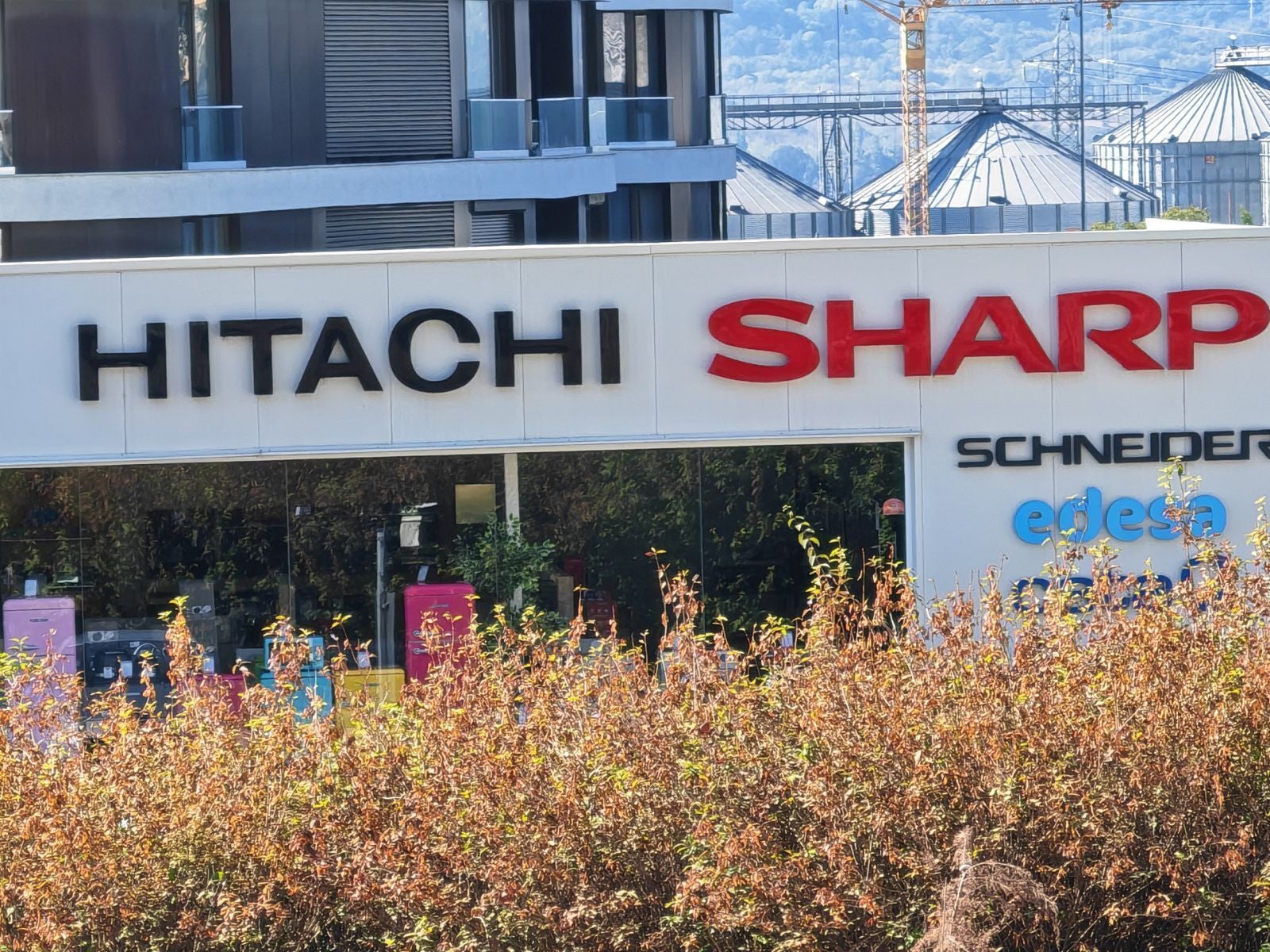
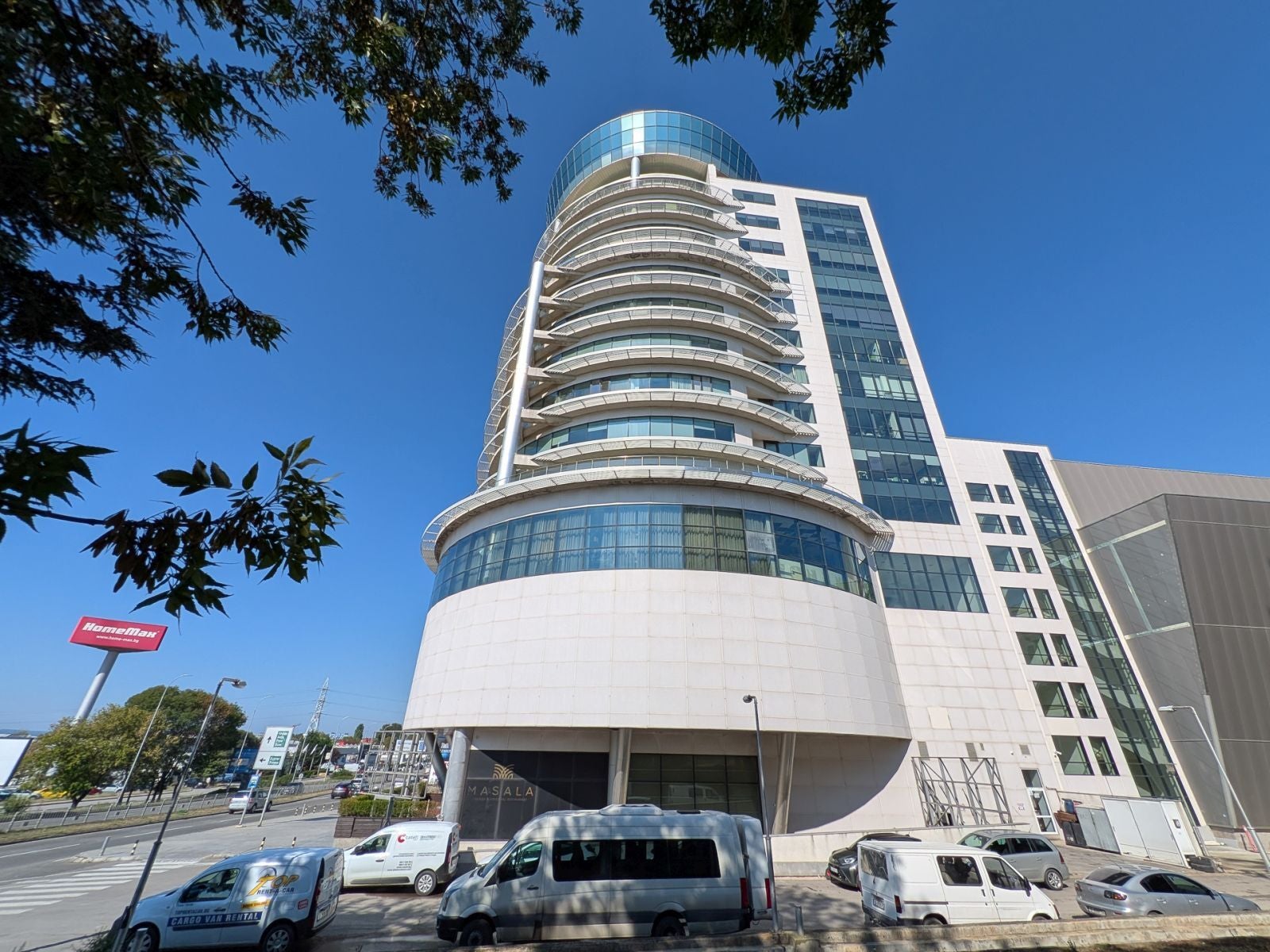







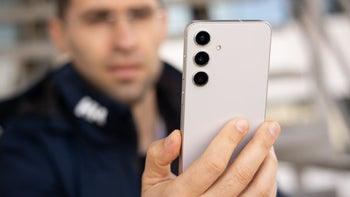

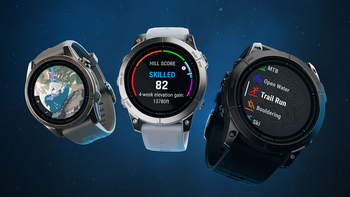

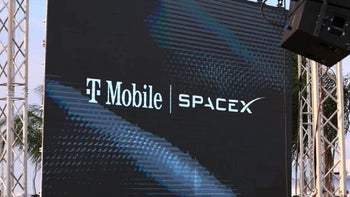







Things that are NOT allowed: